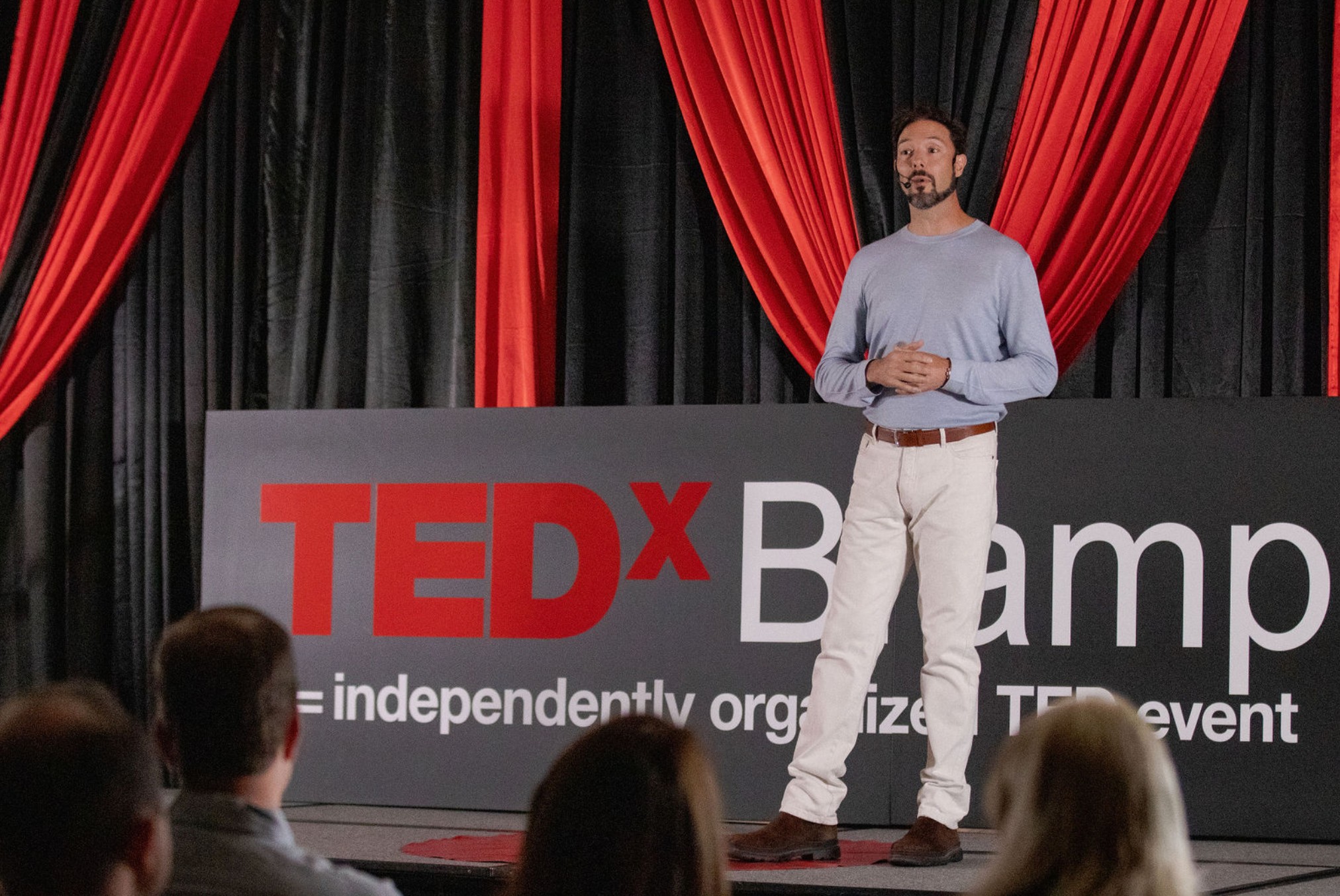There’s an axiom among pilots the world over. Paraphrased, it goes something like this:
“Trust your instruments, not your senses”.
This statement reflects one of the most difficult aspects of flying; due to the nature of the speeds and pressures involved, there will be times when a pilot’s senses and their instruments disagree. In that case, the protocol is to always trust your instruments over what feels right.
Pilots who’ve disregarded this maxim, historically end up dead.
A sober but powerful lesson can be learnt from stories of the successful and unsuccessful in life and death situations and it’s what we’ll discuss today; the primacy of protocol.
And here’s the bottom line up front: when something goes wrong and there are stakes involved, following a good plan, rather than trying to make one up on the spot, is what leads to success.
In this article, we’ll look at the strange nature of pressure on the human mind and why it’s so hard to think our way out of something as it happens. We’ll look at how following a plan gives us the best chance of success when things matter and how to evalutate the protocols in your life to make sure they’re serving you well.
The environments, pressures and techniques we’ll be discussing here relate specifically to moments of above-average tension and consequence. When things aren’t serious, we have much better chances of solving our issues in the moment.
However, when both the consequences and blood pressures are raised, we need reliable, pressure-tested strategies.
First up, how pressure (a.k.a stress) affects the human mind…
Put simply, when we’re stressed, our bodies respond with a flood of chemicals designed to help us survive an impending physical attack. This response, familiar to many by now, is called the Fight/Flight/Freeze response.
These chemicals affect us all in similar ways; our focus narrows (along with our field of vision and range of hearing), our muscles flood with blood and our motor control lessens. We are then primed to respond by doing one of the 3 aspects of the Triple F response.
Unfortunately, this system significantly affects our cognition. For those unaccustomed to its effects, panicked inaction is the most likely response. Our minds lock up, our hearts race and we stand frozen.
Even with training to modulate its effects, the Triple F response causes our range of perceived options to shrink significantly. As such, it’s much harder to think beyond what’s happening right in front of us.
So when we become triggered, either in a low or high consequence situation, the very faculties we need to keep the bigger picture in mind, leave us and we‘re forced to work with a very small number of tools. Consider the analogy of the toolbox of the mind: when we’re relaxed, we’ve got access to every tool in there; hammers, screwdrivers, drills, tape measures, levels and many more.
When we’re agitated, all those go away and we’re left with just a hammer and screwdriver.
It’s then up to us to make the best of our situation with just that hammer and screwdriver.
And this is why we can’t think our way out of a tough situation in the moment; we simply don’t have the mental capacity to do so.
Either we’ll get caught in analysis paralysis or we’ll just make a best guess and hope it works out.
Neither is a good option.
Back to the pilot analogy, we can’t process what’s actually going on spatially, when our plane is doing corkscrews at 200 mph. Things are happening too fast and at such an intensity that we get overwhelmed. So to counter-act this happening, through trial and error, we must build systems that act as guide rails in the chaos.
Because when pressured, we’ll all fall back on habit, good or bad.
We’re all going to return to something we feel comfortable with; our work is simply making sure that we’re consciously choosing habits that will serve us.
Aristotle was right when he said:
“We are what we repeatedly do. Excellence is therefore, not an act but a habit.”
And the quality of our habits are the foundation our results in life are built on.
So below are 2 practical ideas on how you can begin assessing the quality of your protocols and how to build new ones.
1. Observe yourself and ask around
The best way to find out what you do under pressure is to simply begin non-judgmentally taking stock of how you act when you get triggered. Even if you only remember to do it after the fact, by attempting to, you’ll begin gathering insight into your own patterns. But to fill in the gaps completely, ask for your acquaintances to lend an eye or an ear and tell you what you fall back on when you’re triggered.
And here’s a hint: deep down, you already probably have a good idea of how you respond as it often reflects a very deep part of your personality.
Some people when triggered, attack. Others close off, while still others attempt to control or manipulate. These habits actually permeate our entire lives but they’re easiest to see (and start addressing) when we’re upset and care about the outcome.
2. Zero-in on the goal, then the direct steps that make it come true
To create a new protocol or improve an old one, a good place to begin is to clarify what your ultimate goal in the situation is. Spoiler alert: this can be tough. Don’t expect easy answers. They rarely come when we investigate the depths of our patterns. Spend some time really contemplating this. Take a walk, meditate or go for a run.
Let your mind relax and see what bubbles up. Often, it’s deep emotional issues at the core of our habits. Once those are acknowledged and out of the way, we can focus on what remains. In most cases we need to focus on not becoming triggered in the first place.
Outline some simple steps (remember you won’t be able to recall a complicated checklist in the heat of the moment) and begin to practice.
As an example: say your goal is to manage your temper better.
Using the above formula, first you would define the end goal in clear terms: in this case not losing your temper when very irritated. Next, you might cast your mind to what you do right before you get triggered, say breathing shallowly and perhaps clenching your hands.
Your protocol would then begin to take shape; you might begin with noticing when you’re about to lose control and take 2 full breaths, then consciously look around, breaking the tunnel vision that so often accompanies anger.
This breaks to habit of shallow breathing and angrily clenching.
And now you have something to build off of.
So let’s recap…
When we get triggered, our bodies respond with the Triple F response, which causes us to often lose sight of the big picture, handicapping our thinking abilities and reducing our chances of navigating a sticky situation.
To counter-act this, we must establish protocols that we condition ourselves to do when we’re stressed, so the critical decisions are already made in advance. This will give us the best chance of successfully working through difficult circumstances.
And finally, to uncover what you do when stressed, commit to observing yourself diligently, when you’re in the thick of it and recruit some friends to fill in your blind spots. Then move forward by clearly defining your purest end goals and come up with a few simple items you can consistently follow when triggered to help you.
Remember, this is a life-long practice!
It’s been said before but I’ll say it again: chiefly, keep striving to improve, no matter how small the progress may be.
One step at a time, one moment at a time.
See you on the path!
Challenge:
Here’s a set of practical challenges that you can do today, to improve the items discussed in this article:
- Spend some time tonight before you go to bed, considering your early examples of reactions to pressure. It could be how your family responded when things were intense, or how your favorite movie hero did. See what comes up for you and reflect on it.
- Set a protocol for something mildly stressful in your life. Today, write out a simple, 3 step protocol for your to follow when you begin to stress out over something mild. This could be an irritating co-worker, a long red light or anything that gets your ire up. Practice following a simple protocol for something merely annoying and you’ll have the foundation to do it when things are more intense.
Written by Judah Beck




